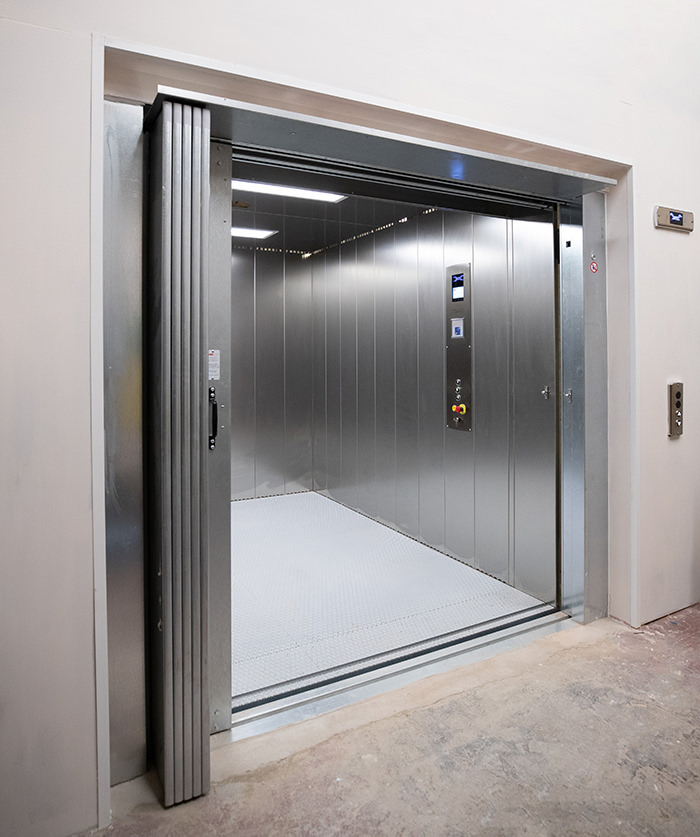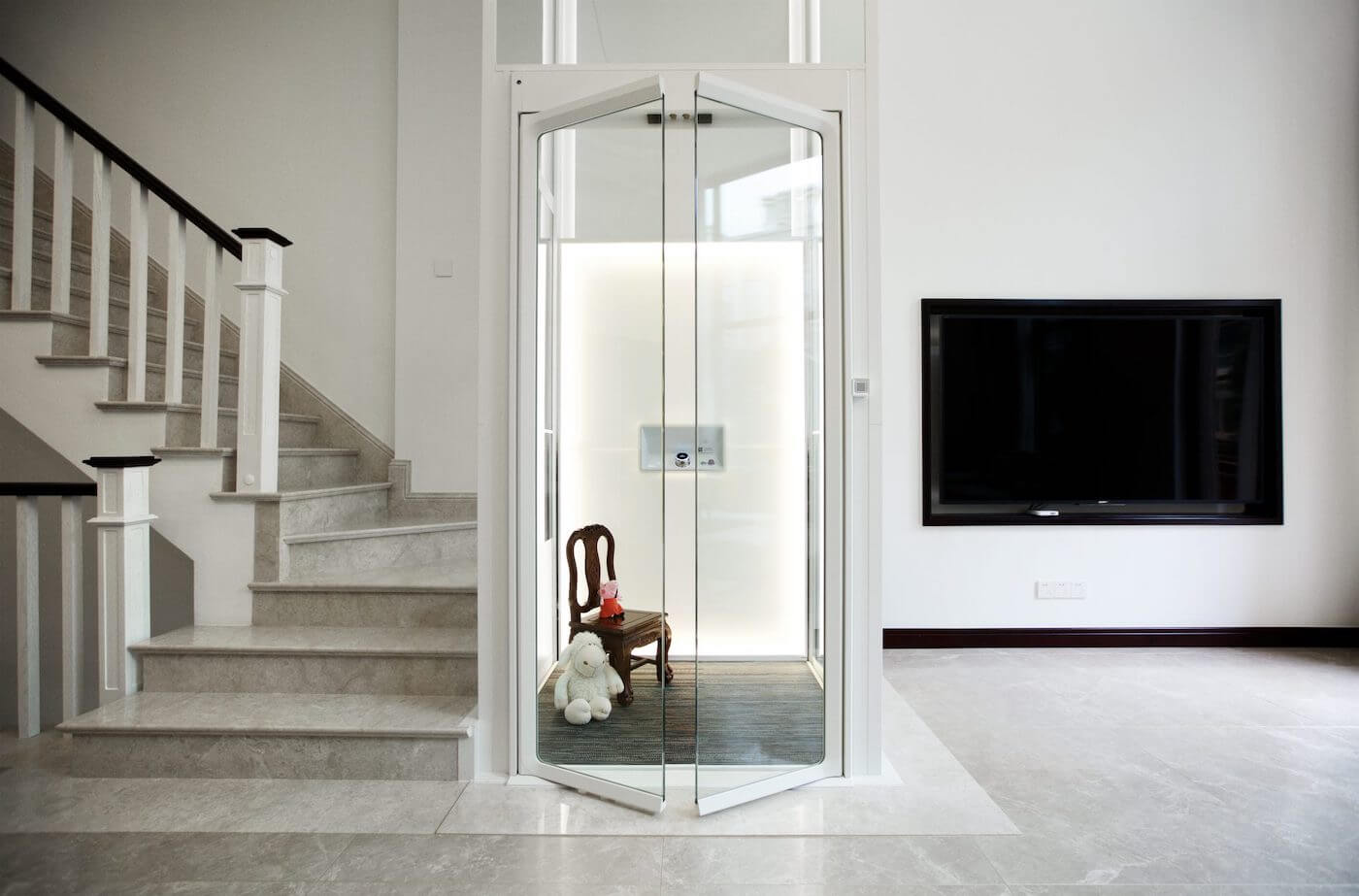Inexpensive Lift Repair Near Me: Professional Professionals at Your Service
Inexpensive Lift Repair Near Me: Professional Professionals at Your Service
Blog Article
Exploring the World of Lifts: Typical Concerns Dealt With by Numerous Lift Systems
As we browse with the vertical transportation systems of modern structures, elevators stick out as an essential part of our every day lives. Nonetheless, behind their seamless operation exists a globe of complex mechanisms that can often encounter difficulties. From hydraulic lifts to traction systems and machine-room-less styles, each lift type includes its collection of common problems. Recognizing these challenges is vital for ensuring the smooth performance of these vital systems. Let's check out the intricacies that underlie the operation of elevators and the prospective issues that can develop, losing light on the intricate web of lift systems.
Hydraulic Lifts
Hydraulic lifts, typically liked for low-rise structures, make use of fluid stress to control the movement of the elevator vehicle (lift repair companies). This system entails a hydraulic pump pressing oil right into a cyndrical tube, causing the elevator to relocate the desired direction. While hydraulic lifts are understood for their smooth and silent procedure, they do include their very own set of typical problems
One common issue with hydraulic elevators is oil leak. In addition, problems with the control system, such as defective valves or a malfunctioning pump, can cause disruptions in the elevator's activity.
Regular maintenance and prompt repair work are necessary to ensure the smooth performance of hydraulic lifts. By addressing these typical issues proactively, building proprietors can lessen downtime and guarantee the safety and performance of their vertical transport system.
Grip Elevators
When considering upright transportation systems in structures, another usual type apart from hydraulic elevators is the grip elevator. Grip elevators run utilizing a system of ropes and weights that move the elevator cars and truck by grasping onto the hoist ropes. This device permits smoother and faster upright transport compared to hydraulic systems.
Among the common issues faced by grip lifts is rope wear. The continuous activity of the ropes within the traction system can cause tear and use over time, potentially creating the elevator to breakdown or become harmful for use. Normal evaluations and upkeep of the ropes are important to make certain the elevator's correct performance and safety.
One more concern that grip elevators may run into is related to the control system. Issues with the control system can cause concerns such as erratic motion, hold-ups in response times, and even total shutdowns. Normal testing and upkeep of the control system are important to protect against such issues and guarantee the lift's integrity.
Machine-Room-Less (MRL) Lifts

One of the vital elements of MRL elevators is the compact gearless grip device that is mounted within the hoistway. This device successfully drives the elevator car without the demand for large devices found in typical traction lifts. Furthermore, MRL lifts normally use a weight system to balance the automobile, more improving their power efficiency.
In spite of their benefits, MRL lifts might face challenges associated with repair and maintenance as a result of the restricted room for tools installment. Ease of access for servicing elements within the shaft can be limited, requiring specialized training for professionals. Proper maintenance routines and routine evaluations are other vital to make certain the ongoing smooth operation of MRL elevators.
Overloading and Weight Limitation Issues
Are elevators furnished to manage excess weight tons effectively and safely? Overwhelming and weight restriction issues are critical concerns in lift procedures. Lift makers style lifts with details weight abilities to make sure traveler safety and devices durability. Surpassing these weight limitations can result in various problems, consisting of mechanical failings, delays, and safety threats.
When elevators are overloaded, it places too much strain on the motor, wires, and other parts, potentially causing malfunctions or malfunctions. Safety and security systems such as sensors and overload sensors remain in location to stop lifts from moving if they detect excess weight. Furthermore, going beyond weight limits can bring about enhanced power consumption and damage on the lift system.
To reduce straining issues, developing supervisors should plainly present weight limits in lifts and educate owners on the significance of sticking to these constraints - lift repair companies. Regular maintenance checks by certified specialists can additionally assist make sure that lifts are running within secure weight parameters. By attending to overloading and weight restriction issues proactively, building proprietors can boost elevator safety and effectiveness
Electric System Failings
Going beyond weight limitations in elevators can not only lead to mechanical concerns but likewise potentially add to electric system failures within the lift infrastructure. Electric system failings are an essential issue in elevator procedure, as they can create unforeseen shutdowns, breakdowns, or even safety threats.
Normal maintenance and examinations are important to recognize and deal with possible electrical problems without delay, ensuring the safe and effective operation of lift systems. By sticking to weight limits and carrying out regular electric system checks, building owners can alleviate the threat of electrical failures in lifts.
Verdict

Hydraulic elevators, usually chosen for low-rise structures, use fluid stress to manage the activity of the elevator cars and truck.When considering upright transport my website systems in buildings, one more usual type aside from hydraulic lifts is the traction elevator. Grip lifts operate utilizing a system of ropes and weights that move the lift auto by gripping onto the hoist ropes. Unlike standard lifts that require right here a separate equipment room to house the devices, MRL lifts incorporate most of the elements within the shaft, removing the need for a specialized equipment area.In conclusion, elevators deal with usual issues such as hydraulic malfunctions, traction system failures, and electric system troubles.
Report this page